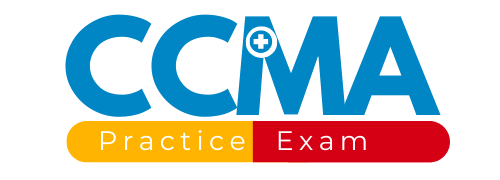CCMA Practice Test 2
Take this second free CCMA Practice Test that contains 30 multiple-choice questions similar to the real certified clinical medical assistant exam. You’ll see your score and correct answer after submitting the 30th question. Analyze your score and put more effort into weak sections.
